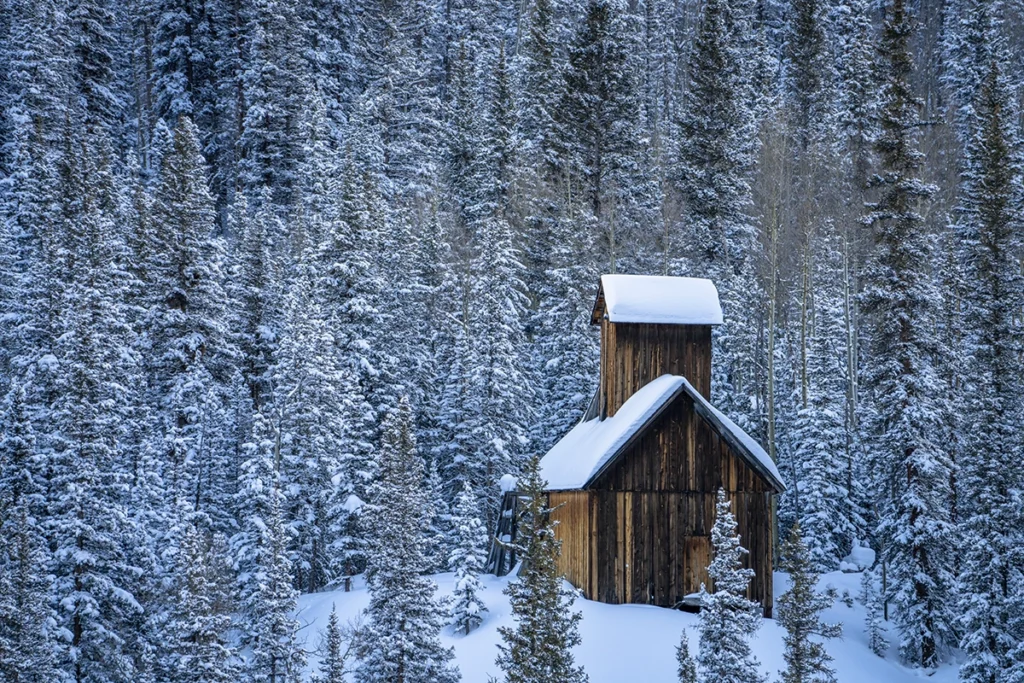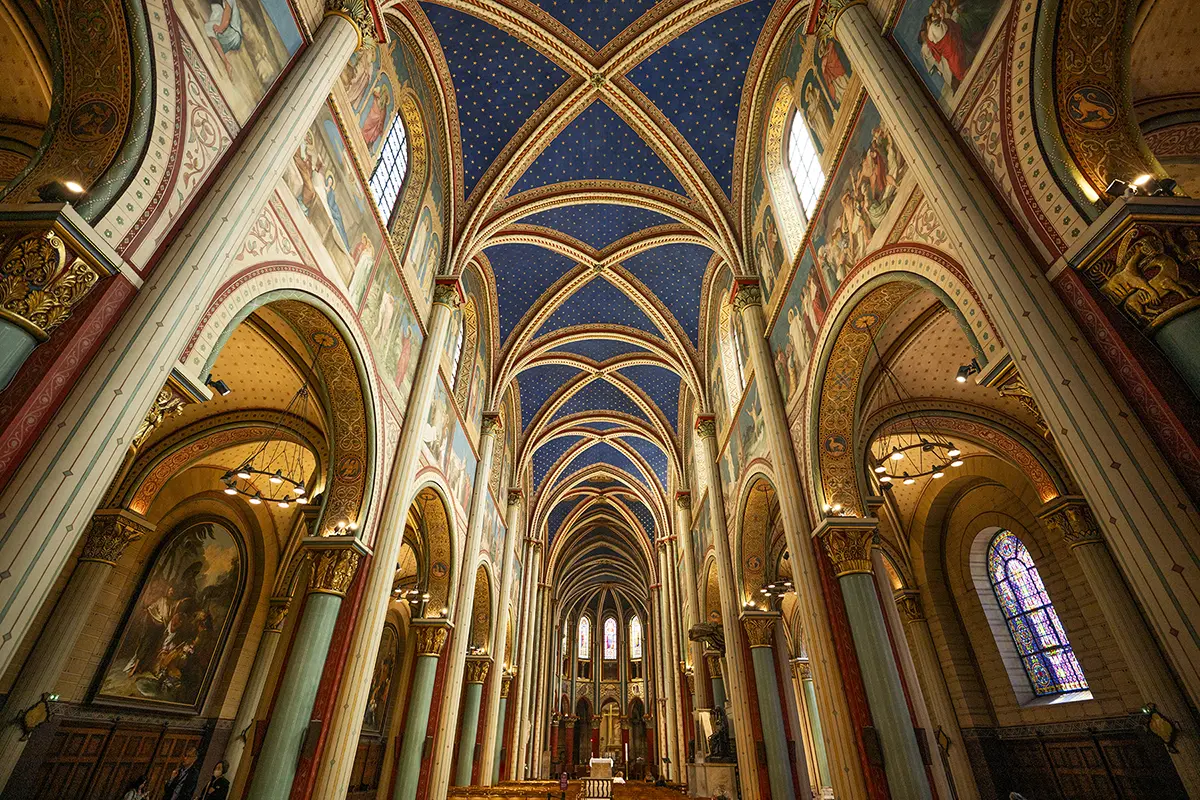
Winter’s Glow
Frankie Spontelli and Ross Bernards head into Colorado’s frozen backcountry to capture golden wintry scenes with the Tamron 28–300mm VC.
Author: Jenn Gidman
Images: Frankie Spontelli and Ross Bernards
Share Article
Frankie Spontelli and Ross Bernards head into Colorado’s frozen backcountry to capture golden wintry scenes with the Tamron 28–300mm VC.
When the snow piles high and the temperatures plummet, it can be tempting for photographers in Colorado to tuck their cameras away until the spring thaw. Not Frankie Spontelli and Ross Bernards, two longtime collaborators who see the Centennial State’s coldest season as an invitation to dig deeper into the beauty and challenges of winter photography.
Frankie and Ross, who met through mutual friends, have found that working together on occasional projects over the years has informed their own growth as photographers. “We’re always honest with each other,” Ross says. “Being an open book like that enhances our collaborative process and, in turn, our images.”
Ross’ work leans toward authenticity, with natural-looking colors, clean compositions, and true emotion. “Coming from a photojournalistic background, I want people to feel what I felt and experienced in that moment,” he says. “I never touch my HSL sliders, because I don’t want to change what I’m witnessing.”
Frankie, meanwhile, is drawn to vibrancy and depth in creating his images. “I often try to make a two-dimensional photo feel 3D,” he explains. “I accomplish this by layering and weaving in foreground elements and strong leading lines—like a fence line or snow ridge—to pull you into the scene.” Ross adds, “Frankie’s layering is second to none. Every time I see one of his shots, I say, ‘How did he do that?’”
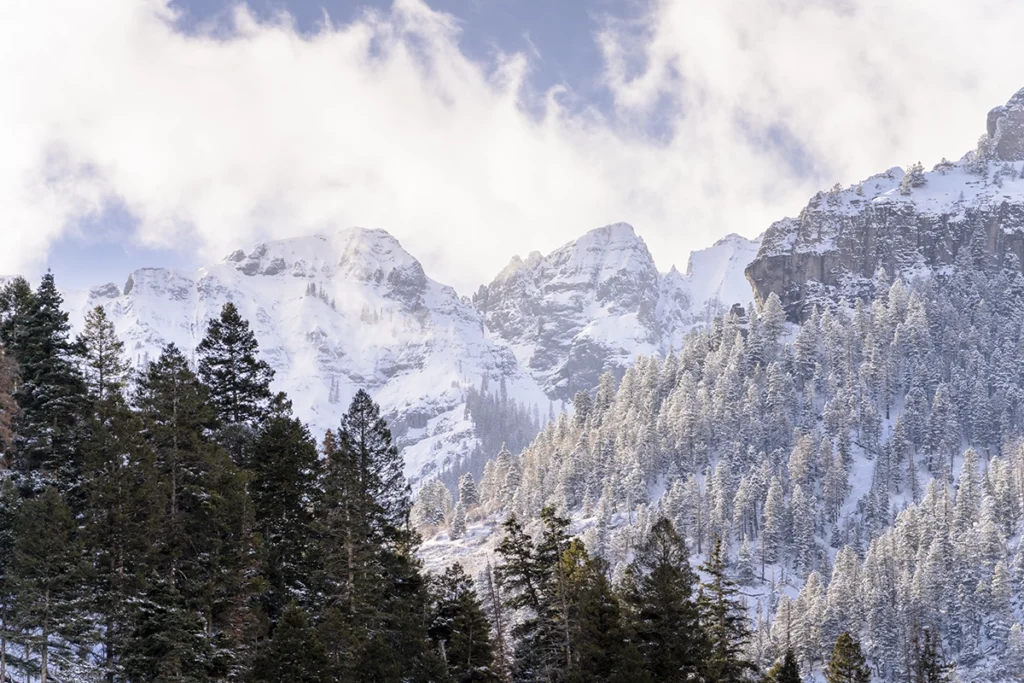
For a recent project, the pair set out to capture the fleeting golden glow at the edges of each day—namely, sunrise and sunset. “We picked the San Juan Mountains to shoot in, some of the most beautiful in the entire state,” Frankie says. “The mountains in that range wrap around you and make you feel so tiny, which is something we were trying to showcase in our images. We were chasing sunrise and sunset every day for almost a week straight, during what turned out to be the coldest week of the year.”
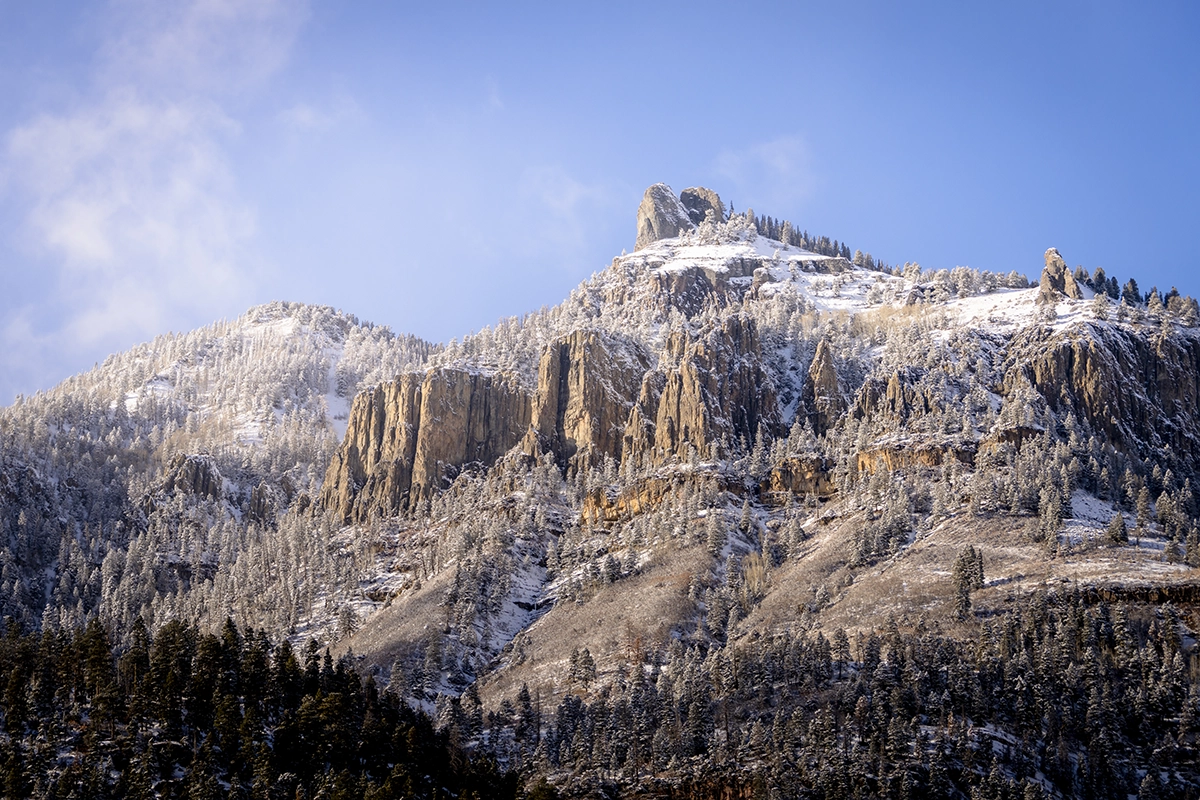
The duo tapped into the Tamron 28–300mm Di III VC VXD all-in-one zoom lens for their subzero adventure. In such glacial conditions, the Tamron 28–300mm VC all-in-one zoom became the photographers’ one-lens solution. Frankie notes that the zoom range on the 28-300mm was especially a lifesaver.
“This is a super-versatile lens, allowing us to shoot everything from sweeping panoramas to close-up wildlife encounters,” he says. “Plus, at those frigid temperatures, switching out lenses is so much more difficult. Having that kind of focal length flexibility meant we could react instantly to the shifting light or suddenly emerging wildlife.”
Ross, who almost always shoots handheld—“I hate tripods, especially in minus-20-degree weather”—appreciated the 28-300mm’s Vibration Compensation (VC) technology. “I almost always shoot handheld,” Ross says. “The Vibration Compensation was especially handy to ensure steady shooting.”
The 28-300mm VC’s compact design also offered Frankie and Ross the easy portability they needed as they trekked over frozen fields and forests. “This lens is extremely lightweight,” Frankie says. “It wasn’t too heavy to carry with a neck strap or shoulder clip.”
Making Winter Pop
One of the pair’s favorite images from the series shows a yellow-clad ice climber scaling a wall of shimmering blue ice in Ouray’s famous Ice Park. “It’s all about contrast,” says Ross. “In a sea of cold tones, that small burst of color draws the viewer in. Plus, having a person in the frame gives a sense of scale—you realize just how massive and majestic those icicles are that are cascading down. We weren’t that close to the scene, but the 28-300mm allowed me to zoom in for some tight shots, as well as pull back for wider shots like this that show more of the scene.”
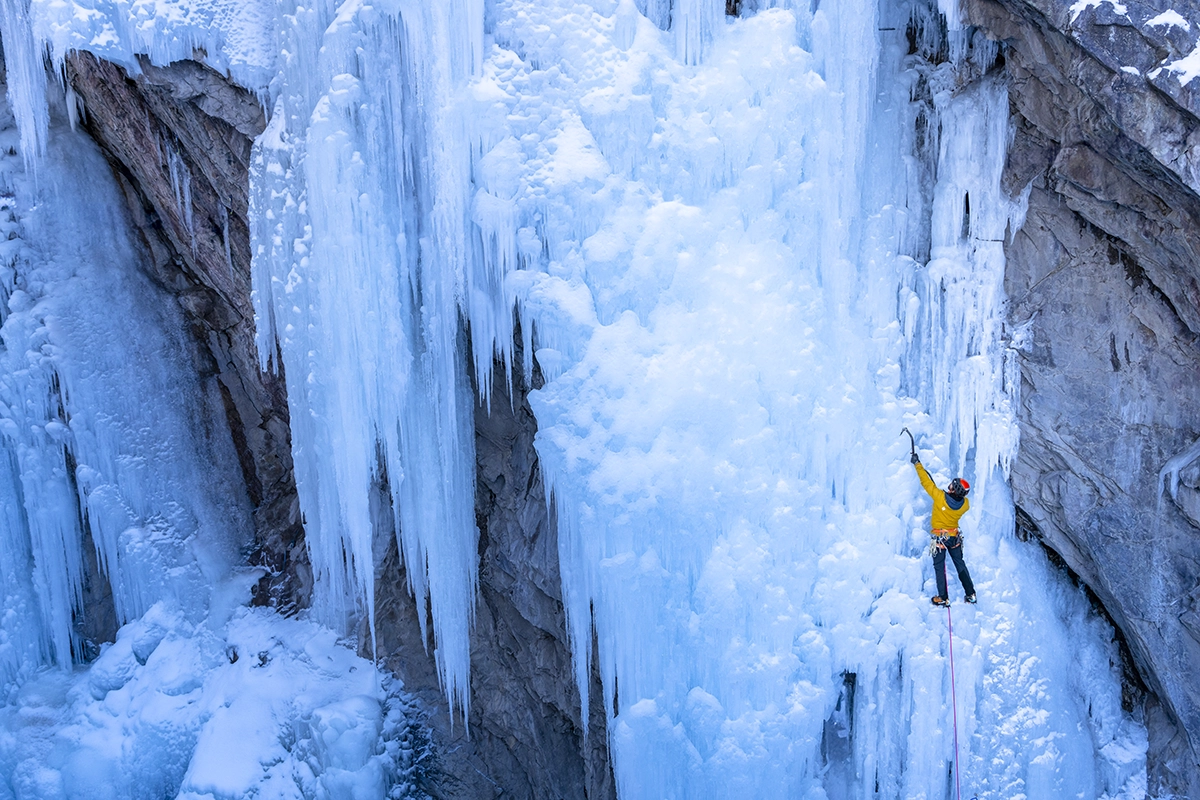
Another standout shot: Frankie’s serene sunrise image of a fence leading toward snow-dusted peaks near Ridgway. “We waited for the light to break through the clouds,” he recalls. “For just a moment, the sun spilled across the field, and I used the 28–300mm to frame the fence in the foreground, leading the viewer’s eye toward the mountain.”

Wildlife also found its way into their frames, including a moose crossing an icy road. “That’s where the reach of the 28-300mm reach really came into play,” Ross says. “You don’t want to get too close to a moose. I didn’t even have to get out of my car to capture this shot. The ability to safely hang back and still be able to fill the frame was huge.”
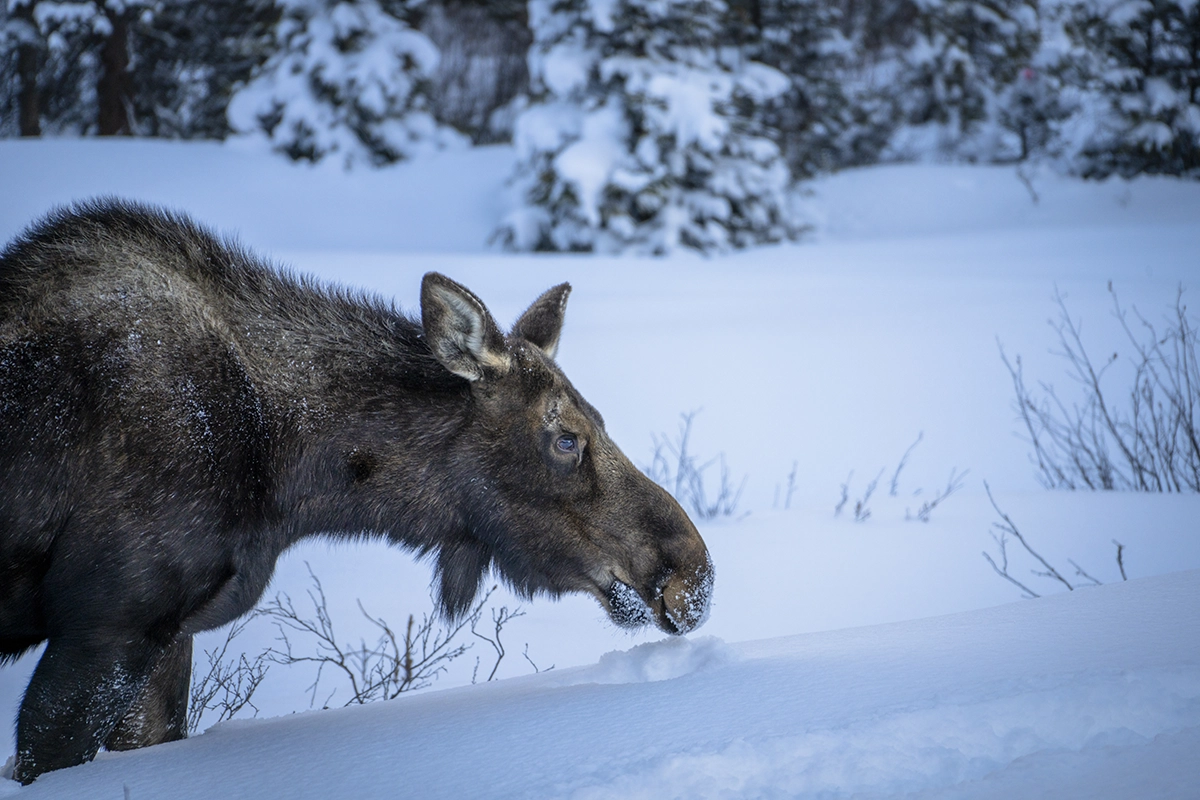
Both photographers emphasize the importance of patience and adaptability in winter shooting. “Ninety-eight percent of photography is just showing up,” Ross says. “The other 2 percent, you can learn on YouTube.” Frankie agrees, adding that flexibility with settings helps, too. “For fast-moving subjects like climbers or wildlife, I’ll switch to shutter priority. For golden-hour landscapes, aperture priority lets me focus on composition and depth.”
Above all, Frankie and Ross’ series is a testament to collaboration, creativity, and the will to see beauty where others see only cold. “Suffering together is better than suffering alone,” Ross laughs. “One morning we woke up to find our eyelashes frozen. Having someone to experience all of that with while capturing these wintry photos made it so much easier, and definitely more fun.”
